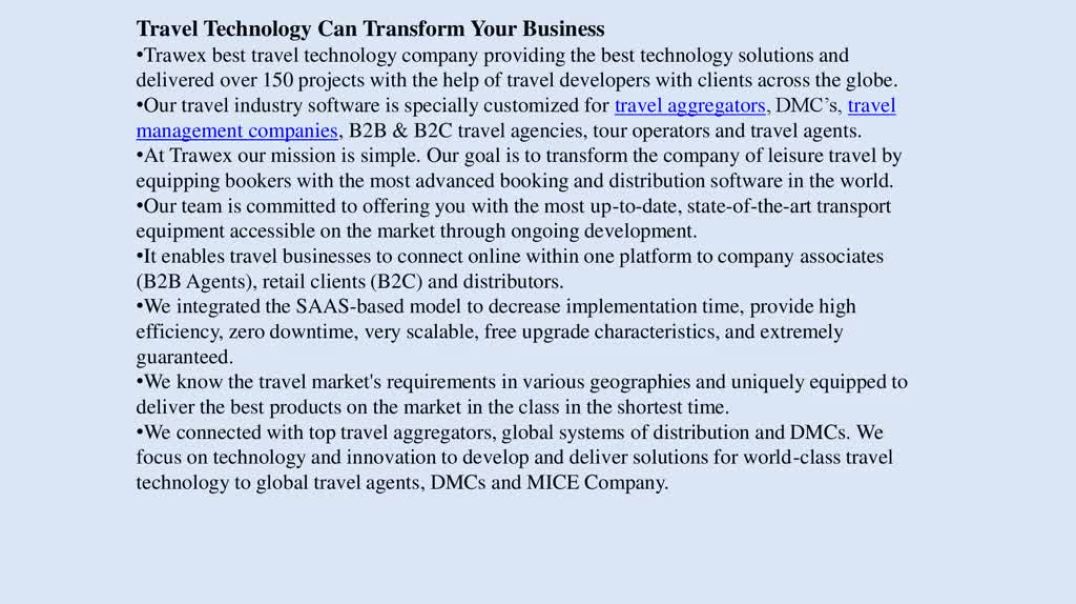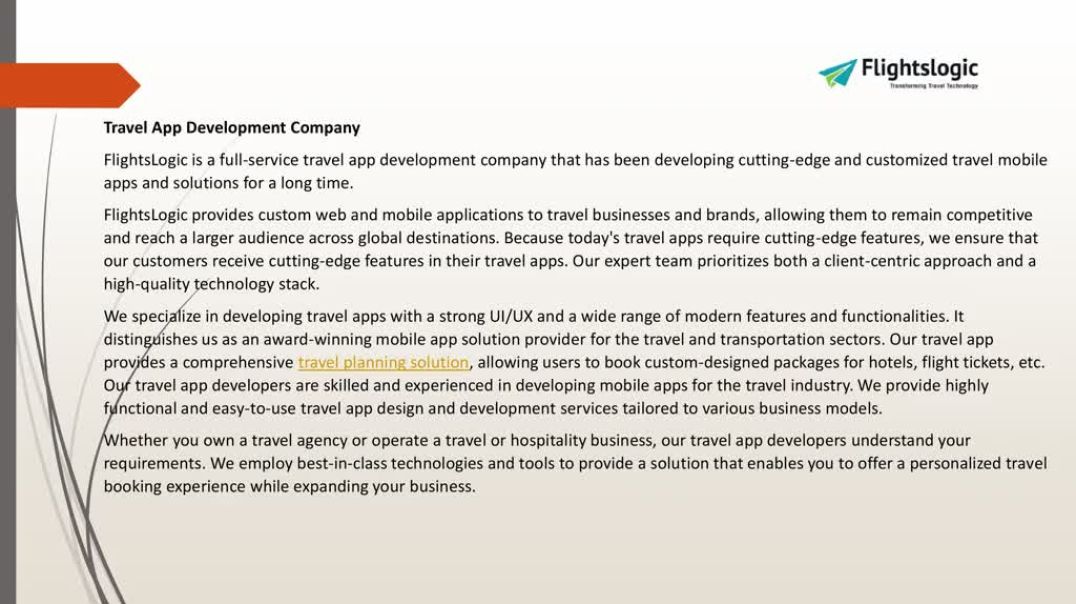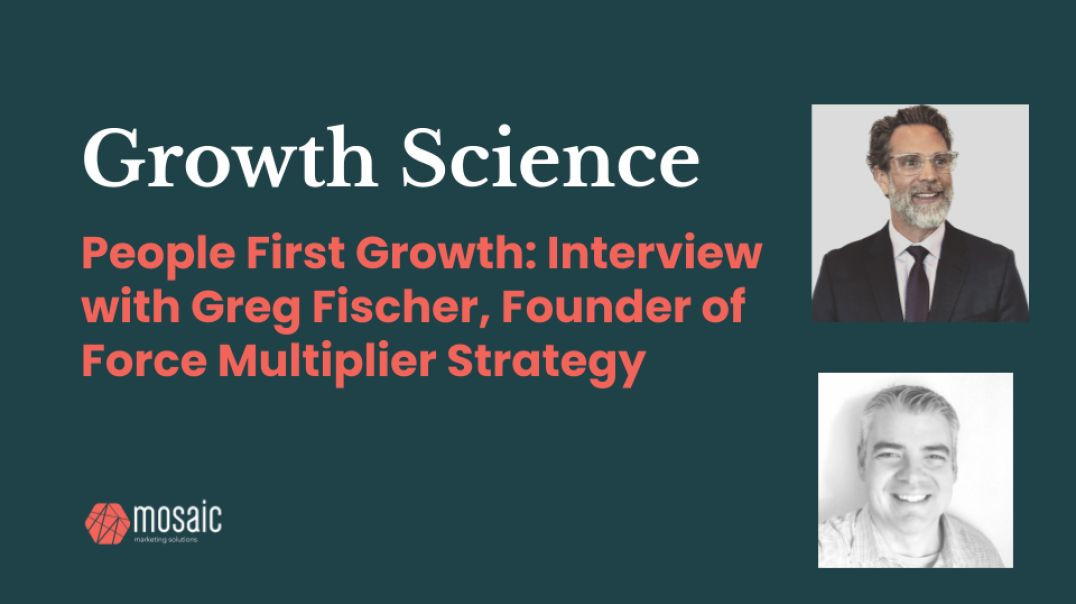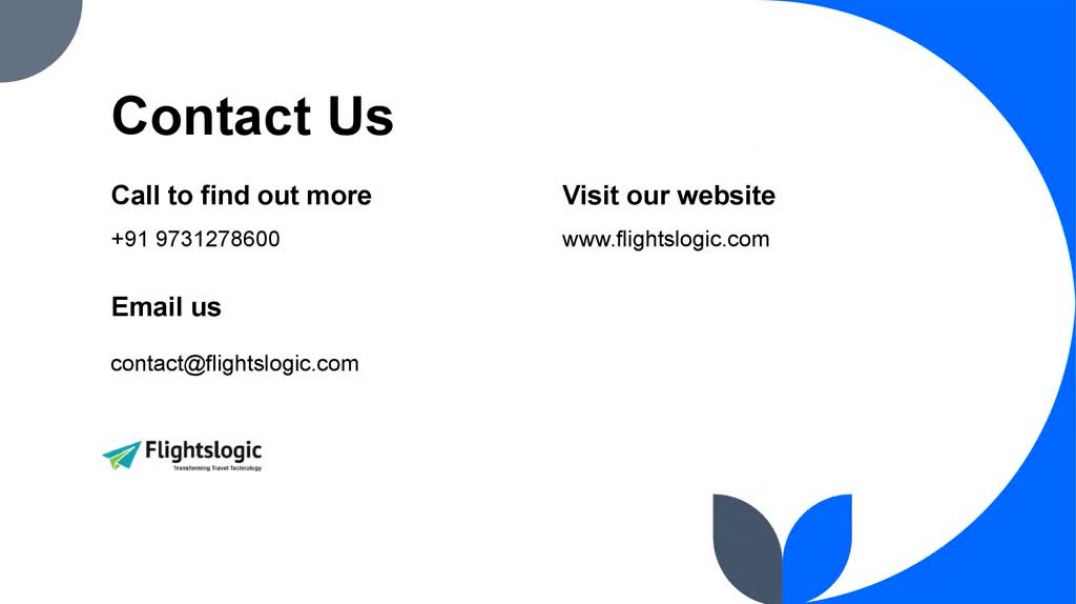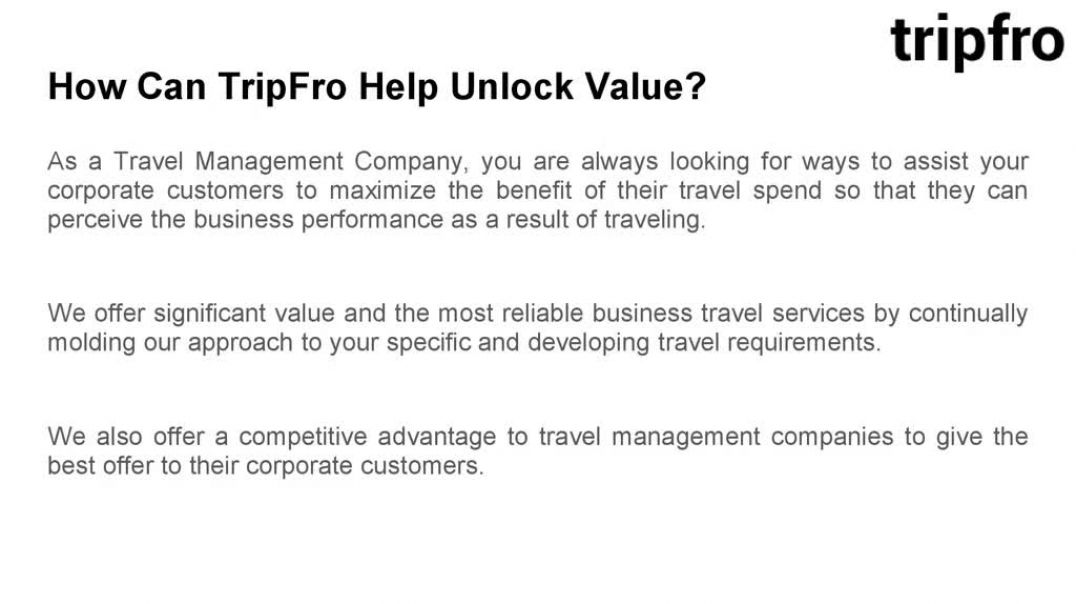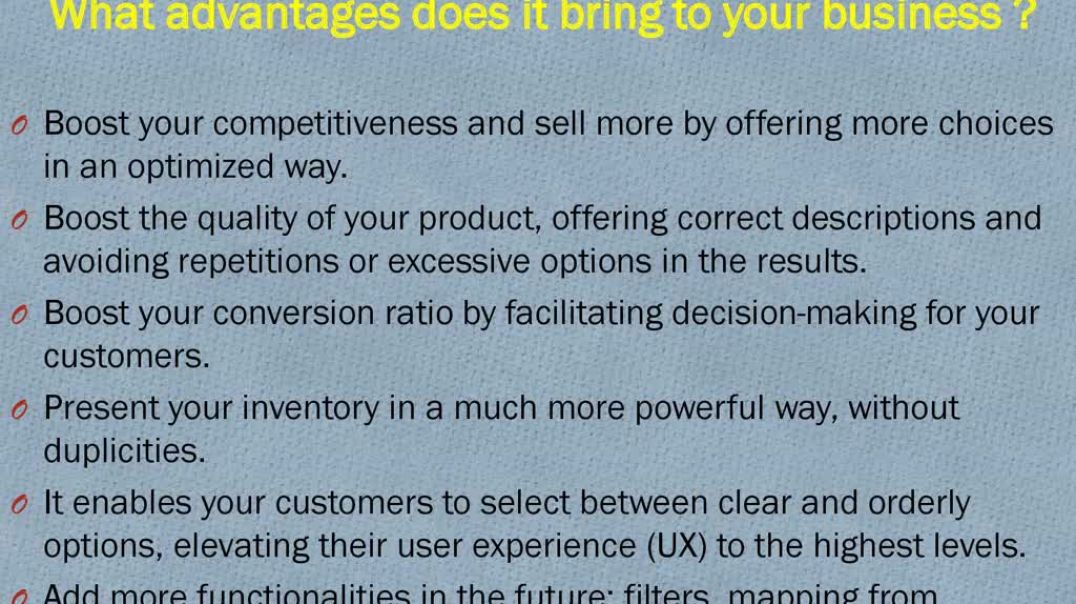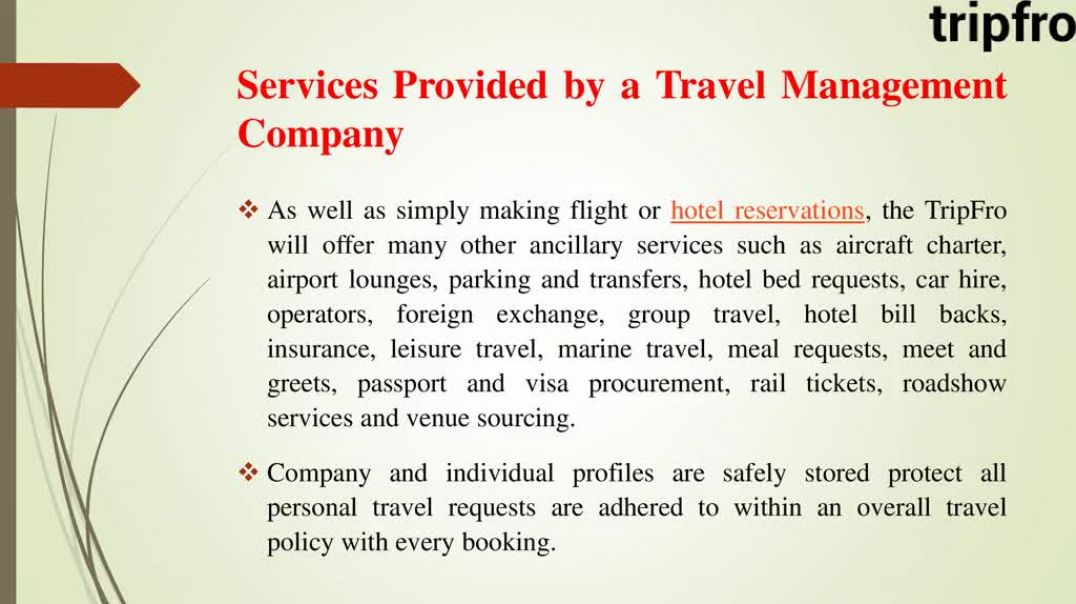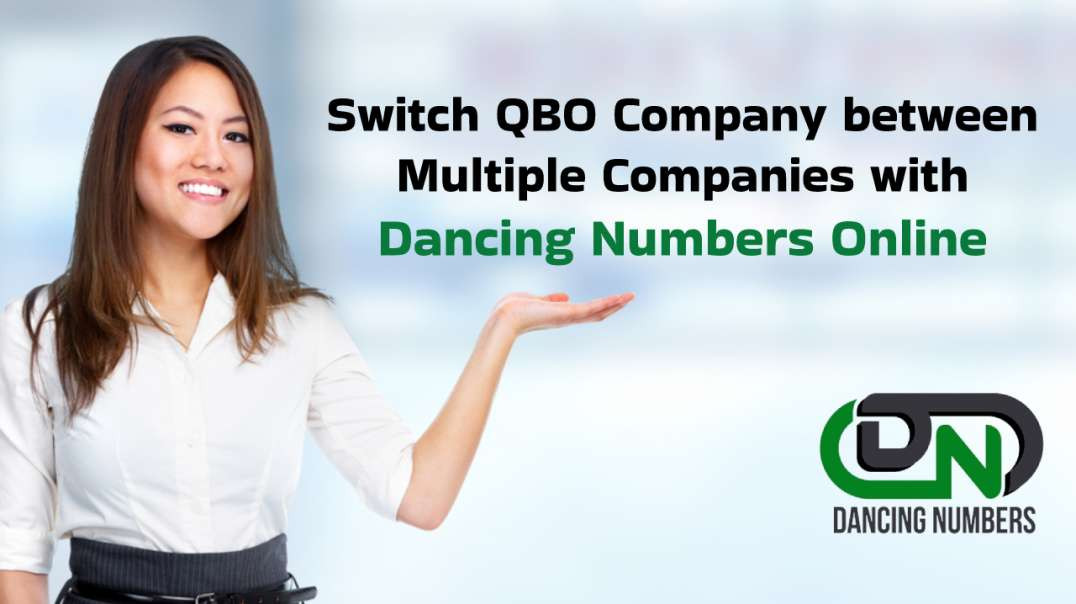- Finance & Accounting
- Programming & Development
- Business
- IT & Software
- Marketing
- Office Productivity
- Design
- Sales
- Education Management
- Business Software
- HR & Recruiting
- Video Resume
- Small Business
- Women Owned Businesses
- Businesses Owned by People of Color
- Health and Wellness
- Sales and Marketing Example
- Video Blitz Submission
- Legal and Law
- Other
Mapping the Market Opportunity for High-Growth B2B SaaS Companies
We are going to start with the punchline upfront – most of your go-to-market teams are likely not focusing on the right buyer. To explain what I mean, let’s break your target market into 3 different groups.
Total Addressable Market (TAM): This is the largest of the 3 groups and also the number that gets most of the executives and investors excited. Basically, this captures the universe of potential customers. However, it is likely that your current product offering cannot effectively serve your entire addressable market. Here’s where the next group comes in.
Ideal Customer Profile (ICP): This is the part of your TAM for which your current product has strong product-market fit. As a result, your ICP represents the real, immediate potential your company has to drive growth. For B2B software, ICP is defined by firmographic criteria that is shared across your typical buyer. This criteria could be based on industry, geography, revenue, and other qualification criteria.
Active Buyer: An active buyer is someone within your ICP that has initiated the buying process. This means they are at least aware that your product or product category exists and show clear signs of starting down the purchase consideration and/or purchase intent path. It’s important to keep in mind that, at any given moment, it is likely that less than 3% of your ICP can be called an active buyer. In other words, trying to time engagement with a buyer as they become active is like trying to find a needle in a haystack – time-consuming, frustrating, and likely not productive.
It is essential that the go-to-market team is aligned around who falls into your ICP and what signals may indicate that an ICP lead may be moving into the active buying process. Don’t assume sales and marketing are on the same page here. In fact, 9 out of 10 times, in organizations that are just starting to ramp up an inbound motion, we see a sales team that is expecting all marketing-driven leads to be active buyers while the marketing team is working to capture qualified leads of any sort. This results in a disappointed sales team and a frustrated marketing team.
TL;DR
To avoid cross-functional tension and an unproductive situation, establish ongoing two-way communication across the go-to-market team. If you don’t already have a go-to-market team meeting on the calendar, add one. The purpose of these meetings is for the marketing team to provide an update on strategies and tactics and the sales team to offer feedback and insight into lead flow and quality. Keep in mind, as you start to increase top-of-the-funnel volume, it may be necessary to consistently revisit the organization’s definition of an MQL.
